L’Amphithéâtre Flavio (Colisée)

 Condividi
Condividi
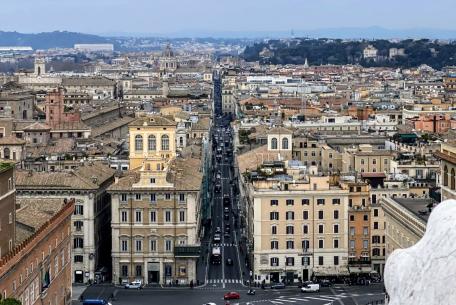
Sans aucun doute une étape inévitable pour tous les amateurs de shopping; c'est d'ici que partent les rues du luxe et de la haute couture, authentiques temples du style des plus exclusives maisons
[...]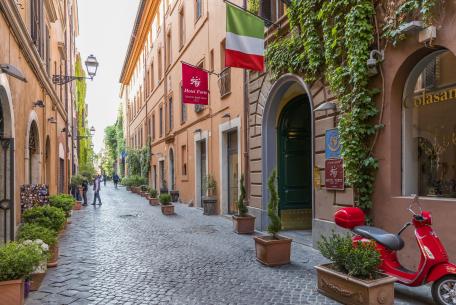
"Noble simplicité et grandeur tranquille", c'est ainsi que le grand historien de l'art Johann Joachim Winkelmann (1717-1768) décrivait cette petite rue du centre de Rome.<
[...]
Située dans le centre historique, via Vittorio Veneto, aussi appelée via Veneto, relie la Piazza Barberini
[...]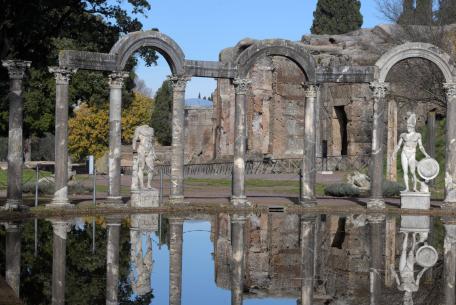
Built by the Emperor Hadrian (117-138 AD), in a large valley rich in of green and water near Tivoli
[...]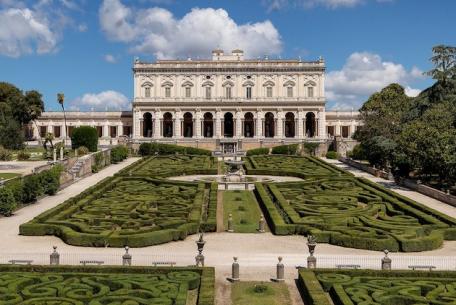
Propriété de la famille Torlonia depuis 1866, la villa a été édifiée au milieu du XVIIIe siècle pour le cardinal Alessandro Albani, neveu du pape
[...]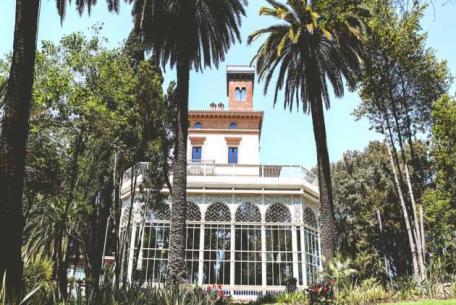
Rèalisée en 1897 par l’architecte Giacomo Boni pour le Baron Alberto Blanc, la maison montre le grand intérêt pour l’histoire de l’architecture et des arts décoratifs qu’ily avait
[...]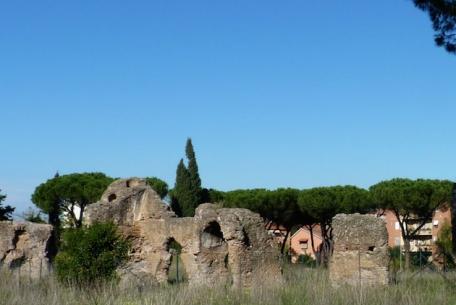
The monumental remains of the so-called Villa delle Vignacce rise within the Parco degli Acquedotti
[...]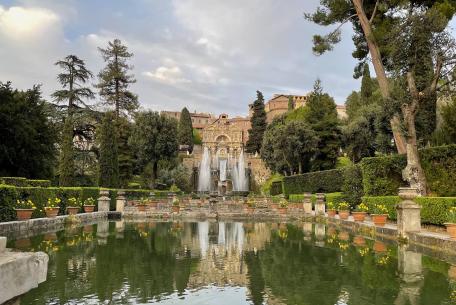
Construite sur l’ordre du cardinal Hippolyte II d’Este, nommé gouverneur de Tivoli au milieu du XVIe siècle, cette villa est un exemple exceptionnel de l’architecture Renaissance, étant construite
[...]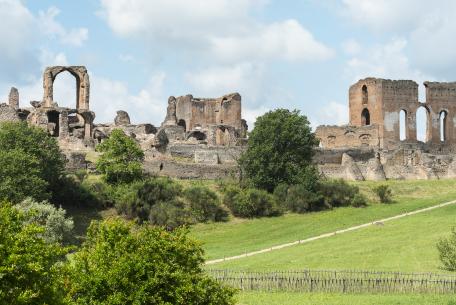
Située au Ve mille le long la Via Appia Antica, la Villa des Quintili, un des complexes résidentiels les plus larges de la Rome suburbaine, fait partie du Parc Arc
[...]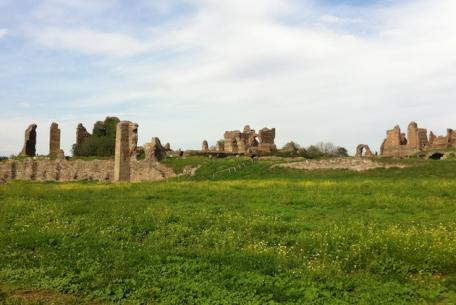
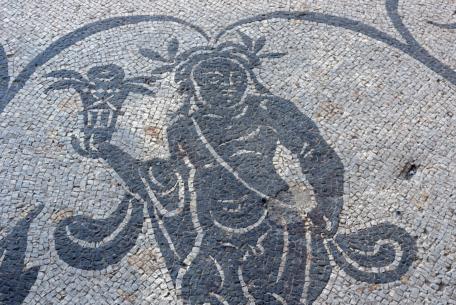
Aujourd'hui, c'est une zone archéologique entourée par la nature, créant une atmosphère hors du temps, mais dans la Rome antique, c'était la somptueuse résidence que Livia, la

Le complexe de la Villa de Maxence s'étend entre le deuxième et le troisième kilomètre de la Via Appia Antica<
[...]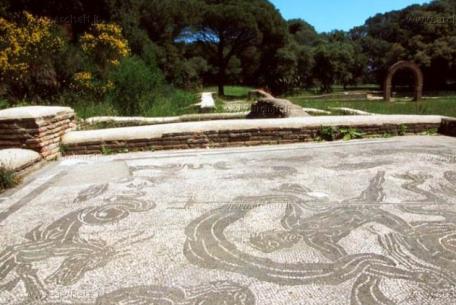
Au cours des journées ensoleillées, il est difficile de renoncer à une journée en plein air à Ostie, même au cœur de l'hiver.
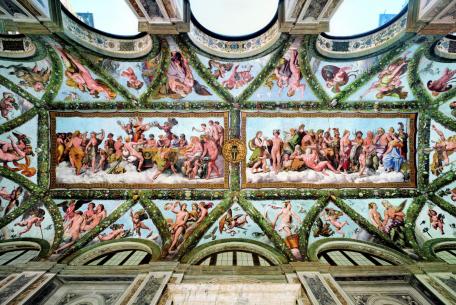
La Villa della Farnesina, au numéro 230 de la via della Lungara, était la résidence du banquier Agostino Chigi, construite sur un projet de Baldassare Peruzzi entre 1505 et 1520, puis passée en 159
[...]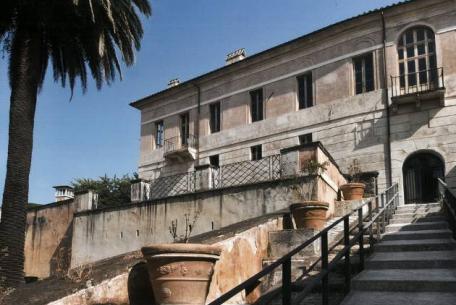
Situé dans le quartier Flaminio, l'édifice, autrefois connu comme Villa Cesi
[...]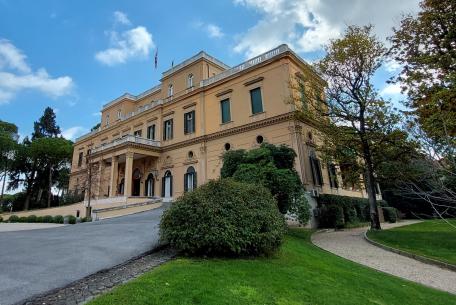
À quelques pas de la basilique Saint-Jean-de-Latran se trouve la Villa Wolkonsky
[...]
The construction of the oratorio of the Arciconfiaternita dei Bergamaschi in Rome is substantially linked to the project of rebuilding, which took place in the first thirty years of the 18th century
[...]The archaeological area is located under the Papal Basilica of Santa Maria Maggiore, displaying interesting findings (I - IVcentury AD), a rare fresco calendar with scenes of farm work (late second
[...]During the period between 2008 and 2009, in advance of the Pauline Year, during excavation work for the construction of a number of pilgrims' services, a series of archaeological remains dating bac
[...]The basilica was built by Agrippa in 25 BC together with the Pantheon and other buildings, such as the baths and the Saepta (porticoes).
The Teutonic Cemetery is a burial site in Rome adjacent to St. Peter's Basilica. Burial is reserved for members of the Confraternity of Our Lady of the German Cemetery, which owns the cemetery.
The Trenched Camp of Rome is a defensive military system composed of fifteen Prussian-type forts and three batteries, which was erected between 1877 and 1891, to defend the external perimeter of th
[...]House where the Transit of St Benedict Labre (Benoit-Joseph Labre), the French pilgrim who died in 1783 in front of the Church of Santa Maria ai Monti, took place.
The ancient building in Largo Arrigo VII, known as Casa Bellezza - but the name actually belongs to the modern building above it, which belonged to the maestro Vincenzo Bellezza in the 1930s - was
[...]The House of Arms is one of the buildings of the Foro Italico, the vast sports complex designed by Enrico Del Debbio at the foot of Monte Mario and inaugurated in 1932 as the Foro Mussolini.
The works for the construction of the new dining hall of the Barracks of the Cuirassiers along via XX Settembre, brought to light some ancient structures that included a tract of the Servian Walls,
[...]The Casale dei Cedrati at Villa Pamphilj reopens its doors.

 Condividi
Condividi

 Condividi
Condividi
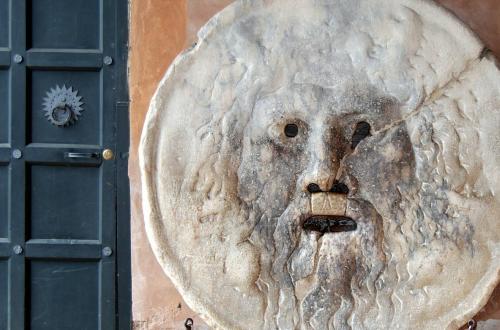
 Condividi
Condividi
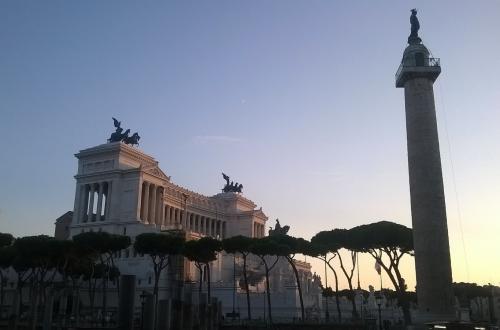
 Condividi
Condividi
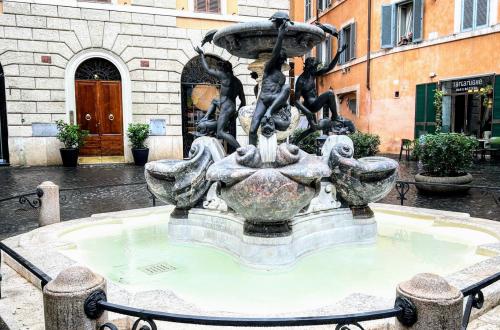
 Condividi
Condividi
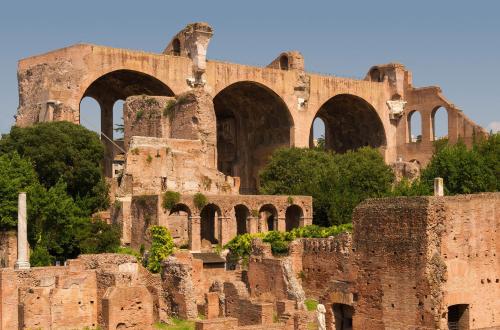
 Condividi
Condividi